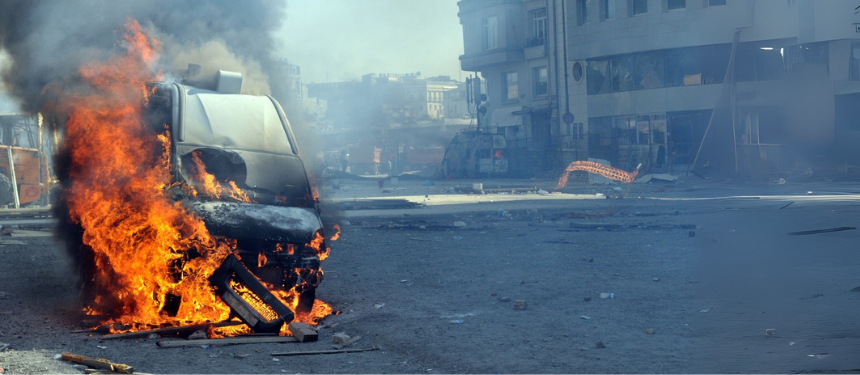What's happening: Prime Minister resigns amid protests in Nepal

Widespread unrest has been taking place in Nepal since 8 September and Khagda Prasad (KP) Sharma Oli resigned as Prime Minister on 9 September.
Flights to and from all airports were suspended until at least 18h00 (all times local) on 10 September – though emerging reports indicate that Tribhuvan International Airport (KTM) in Kathmandu is now operational – and the military is enforcing a countrywide curfew until at least 06h00 on 11 September. All flights to and from Tribhuvan International Airport (KTM) in Kathmandu experienced cancellations on 9 September.
Triggers behind the unrest
Youth protesters had organised countrywide gatherings on 8 September to oppose a recent government prohibition on social media platforms and to denounce the perceived extravagance of political leaders. While the protesters who scheduled 8 September’s countrywide protests probably intended for the gatherings to pass off peacefully, clashes occurred, and the use of lethal force by the police exacerbated the situation. KP Sharma Oli’s government was widely unpopular even before the protests; many Nepalis perceive him as part of an entrenched political class that benefit themselves at the expense of the wider country.
KP Sharma Oli probably resigned because of the widespread criticism directed at him for the state’s handling of the 8 September protests. Other senior members of the Communist Party of Nepal (Unified Marxist–Leninist) and military officials probably told him that remaining in office was unviable given the security situation. His resignation leaves a political vacuum in Nepal at a moment of significantly elevated public agitation risks; given the multi-party nature of Nepal’s current Parliament, forming a strong coalition government is very difficult.
Expected outlook
While we expect to see an IMPROVING trend in the security and operational risk environments in the next 24-48 hours, the situation remains volatile, and we cannot rule out further unrest or military involvement. Our forecast of an improvement is based on the assessment that KP Sharma Oli’s resignation is a big concession to the protesters and that the military’s involvement in restoring order will discourage further vandalism. However, instances of unrest and vandalism are likely to continue being reported over the next 24 hours. Protesters are expected to focus their efforts on targeting state buildings and infrastructure, and we expect acts targeting private buildings to remain limited.
Advice for businesses operating in the region
- Defer non-essential inbound travel into Nepal until at least 12 September. Closely monitor the situation for developments, with a focus on political updates as they will influence the overall risk environment.
- Traveller's in-country should stand fast in a secure location over at least the next 48 hours and abide by all official directives. Maintain flexible itineraries and minimise non-essential overland travel.
- Ensure contingency and evacuation plans are up-to-date, as another significant deterioration in the risk environment cannot be ruled out over the coming weeks.
Clients can configure Healix Sentinel to receive our rolling situation reports. Contact Healix GSOC for more information.


